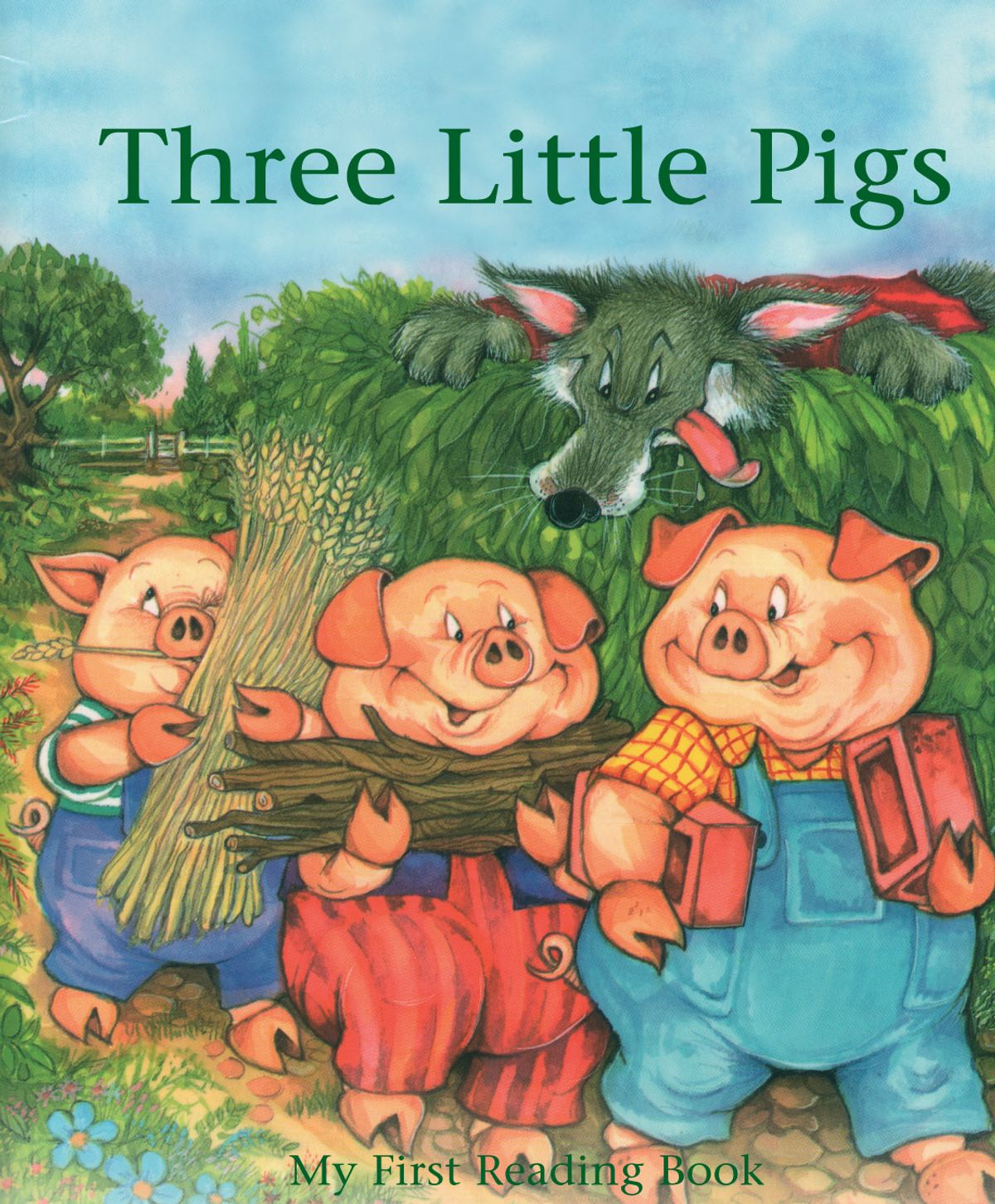 You’ve probably never heard of mirror characters… but I guarantee you’ve seen them.
You’ve probably never heard of mirror characters… but I guarantee you’ve seen them.
The first two of the Three Little Pigs are mirror characters.
You only appreciate the third pig’s success after witnessing the failures of the first two.
Have you ever started a job, taken a look at a co-worker and thought: “If I stay here too long, I’ll end up just like him…”
That co-worker was a real-life mirror character, showing you what could happen.
What Mirror Characters Have to Do With Advertising
 So let me ask you: are once-burned customers your best customers?
So let me ask you: are once-burned customers your best customers?
As in, you have a hard time explaining how you’ll save prospective customers a ton of headaches down the road because…
- It’s hard to get them to look past initial pricing differences to see the total benefit of doing business with you, and
- Explaining the hidden “costs” of low-priced competitors makes you sound accusatory, petty, and defensive, and
- All of the above becomes even harder in the context of a sales conversation
In contrast, once-burned customers — who’ve already HAD those headaches — just “get it.”
Those customers gladly pay your premium and deeply appreciate everything you bring to the table.
Unfortunately, there aren’t nearly enough once-burned customers.
And you can’t grow your business from the rejected table-scraps of low-priced competitors.
If that’s the case, Mirror Characters are the answer to your problem.
Using Mirror Characters to Transfer a Once- Burned Mindset to Never-Burned Prospects
What are stories but mental “flight simulators” for life?
 Stories allow you to gain the experience of painful failures without having to go through that pain yourself.
Stories allow you to gain the experience of painful failures without having to go through that pain yourself.
And a principle way stories dramatize the results of right and wrong choices is through mirror characters.
Mirror characters provide the contrast needed to bring consequences into focus.
Are you beginning to see how mirror characters can let you transfer the “a-ha” experiences of once-burned customers over to never-burned prospects?
The right story will provide enough psychic or emotional distance to let prospects “get it” without thinking that you’re trying to justify higher prices. Especially if the prospect hears the story before he or she enters the market, as would be the case with a radio or TV branding campaign.
Want an example of this in an actual ad?
Click to my article on Genesis Stories and you’ll find a radio ad script that makes good use of mirror characters.
What you’ll find is that the competitive barn builders are “mirrors” for Jeff Sylvestre — they couldn’t handle learning the right way to build from James Sylvestre, so they left.
And therefore the three barns’ fates in the face of the storm showcase the differences between the “right way” to build, and the short-cut-laden wrong way.
That’s one of great things about mirror characters in ads: Nobody wants to be one of the first two pigs.
Who wants to serve as a warning to others, when you can benefit from others’ mistakes instead?
Same thing with stories and mirror characters.
We naturally want to learn from the mistakes of the mirror characters so we can avoid those scars.
We don’t want to be that guy at work.
Make the Big Bad Wolf Wet Himself with Story-Driven Advertising
And it’s the same for owning your own business, isn’t it?
I’m sure you probably know a competitor (or “colleague” in another town) whose growth flatlined and who’s routinely driven crazy by low-priced competitors.
Or business owners stuck on their perpetual, “I-need- more-leads” treadmills… we-we-we-ing and never getting home, let alone spending quality time there.
You already know you don’t want to end up like those little piggies.
So the smart thing to do is build a rock-solid ad campaign you can rely on.
 One that uses the power of mirror characters to grow you into the 800-pound gorilla of your market, capable of making the big bad wolf wet himself.
One that uses the power of mirror characters to grow you into the 800-pound gorilla of your market, capable of making the big bad wolf wet himself.
It’s easy to recognize that “if only customers knew what I know, they’d pick me.”
It takes much more skill to use narrative persuasion to get those customers to not only know it, but to feel and act on it — especially within the space of a radio or tv ad.
And it’s impossible to do any of that in the space of a Google PPC ad.
But if you run the right kind of story-driven mass media campaign, you can work miracles.
So, do you want to build a story-driven advertising campaign? Or…
Well, thanks to the magic of mirror characters, you already know the “Or” part, don’t you?
- Are You Paying for Too Much for the Wrong Keywords? - July 15, 2024
- Dominate Your Market Like Rolex — 4 Powerful Branding Lessons - July 3, 2024
- Military-Grade Persuasion for Your Branding - June 25, 2024
